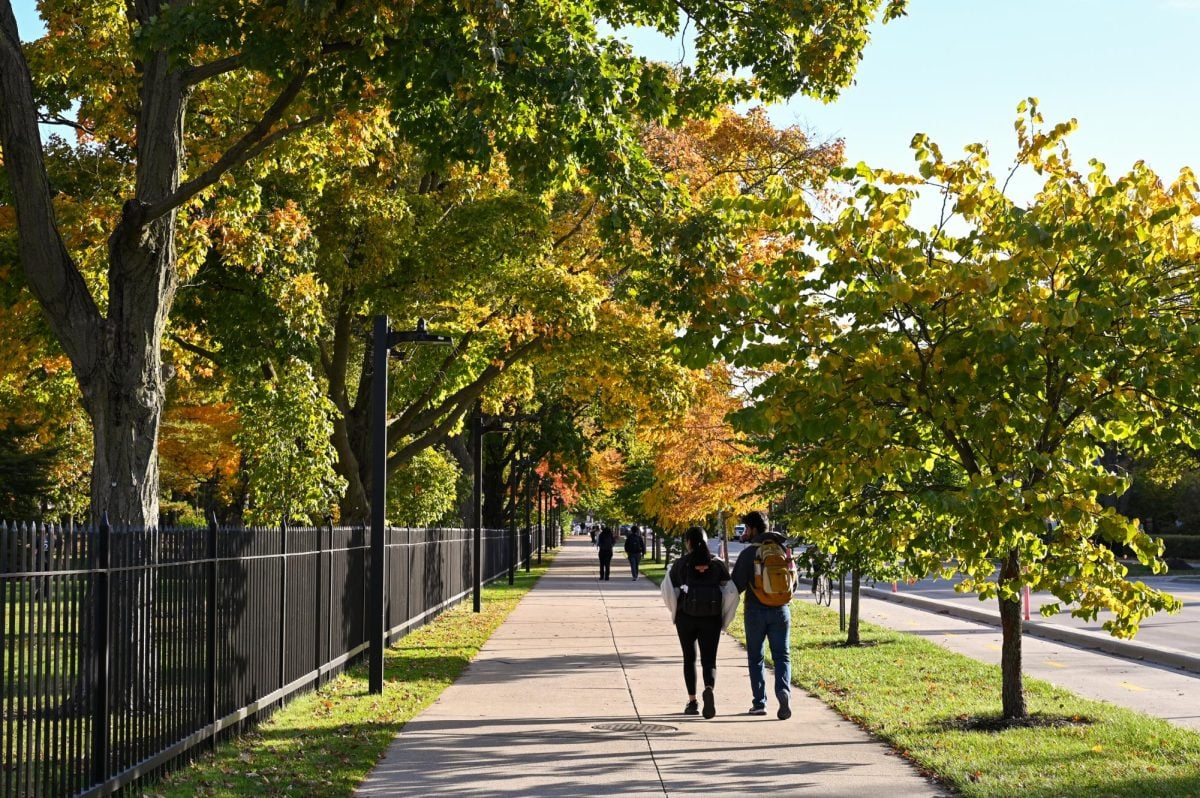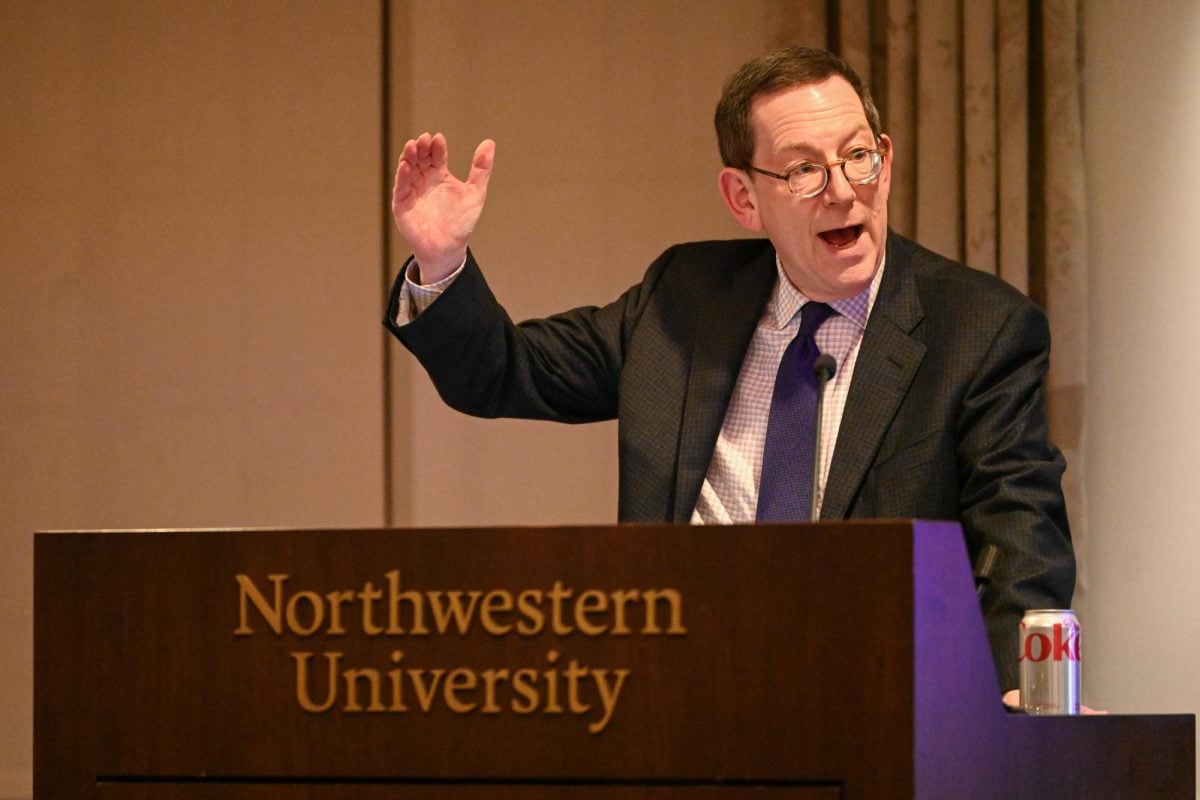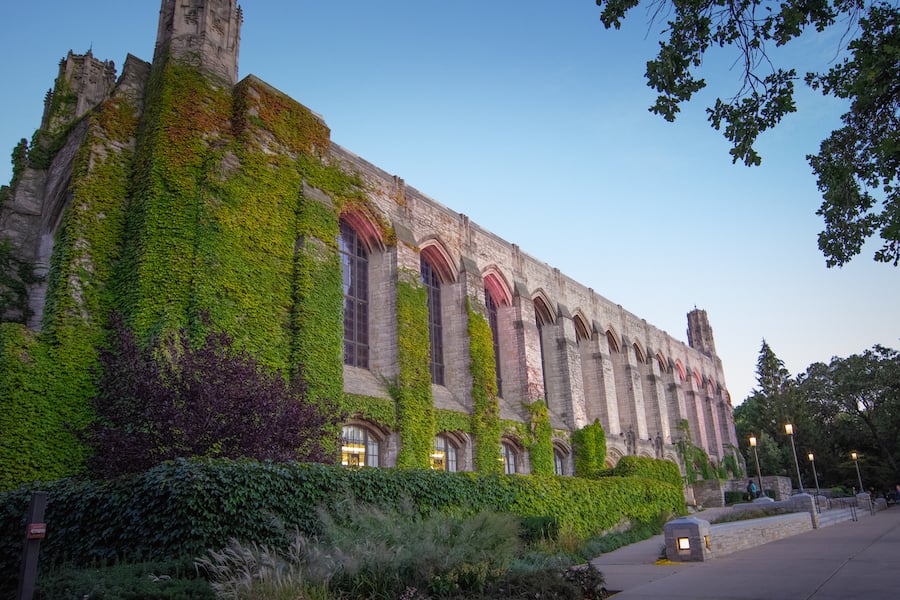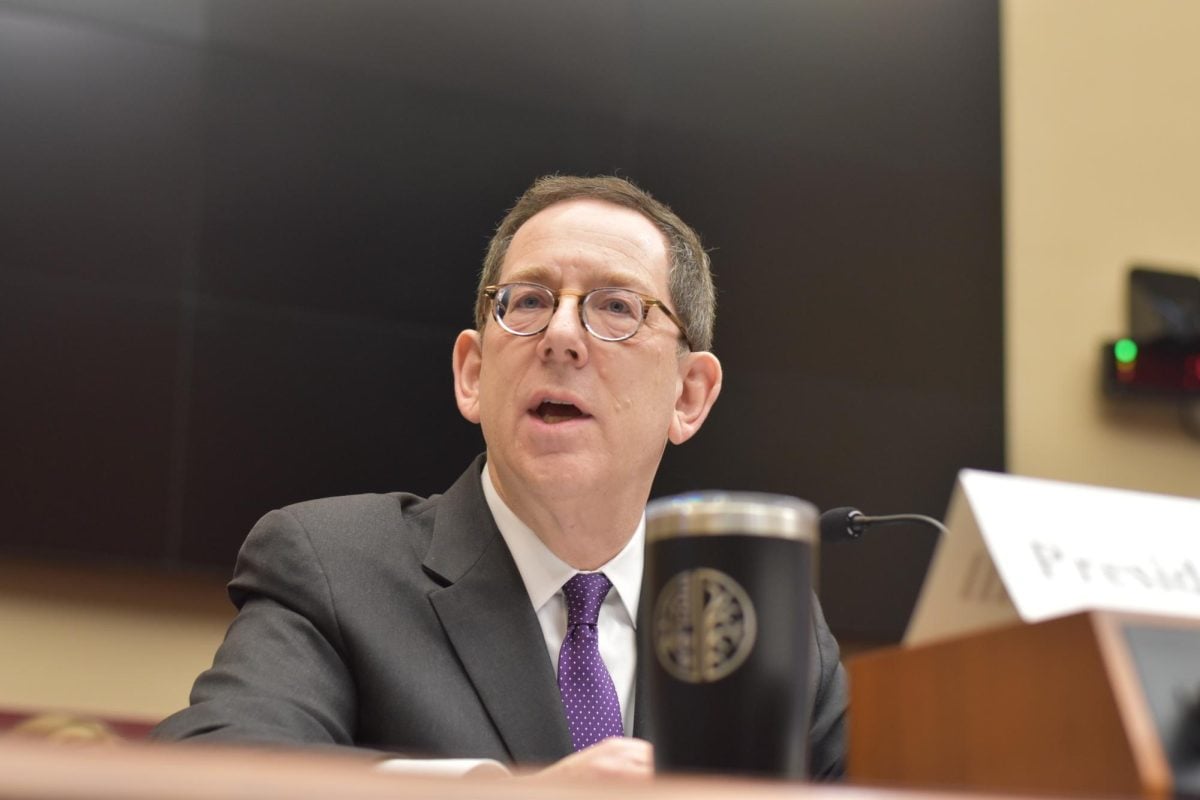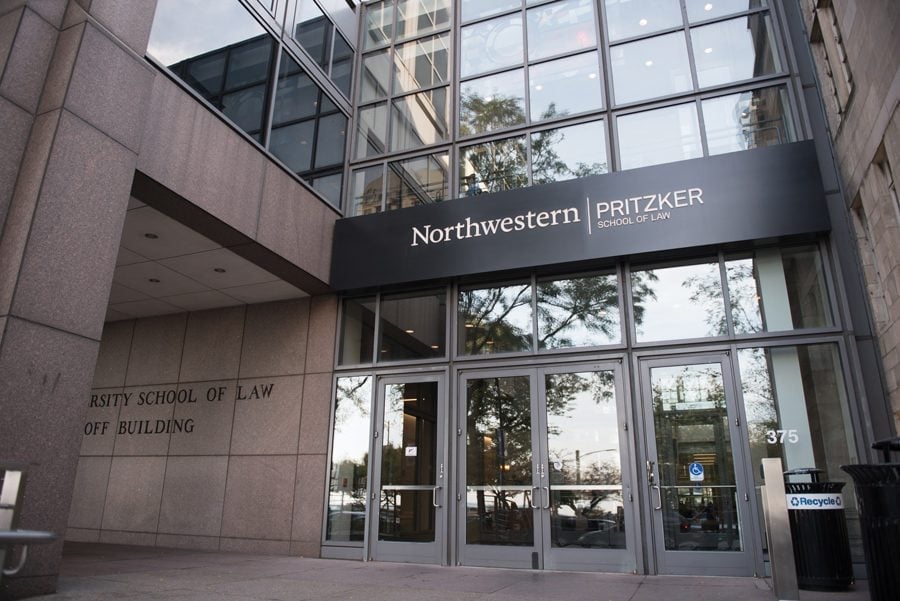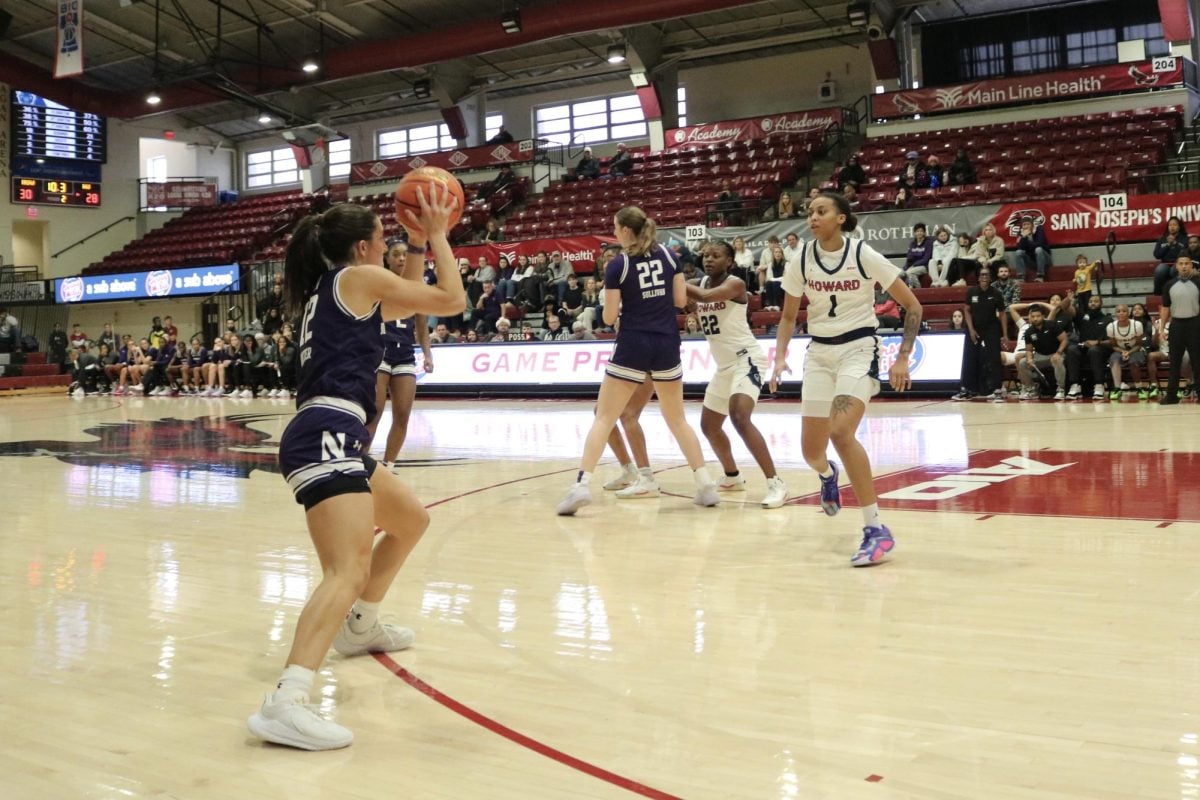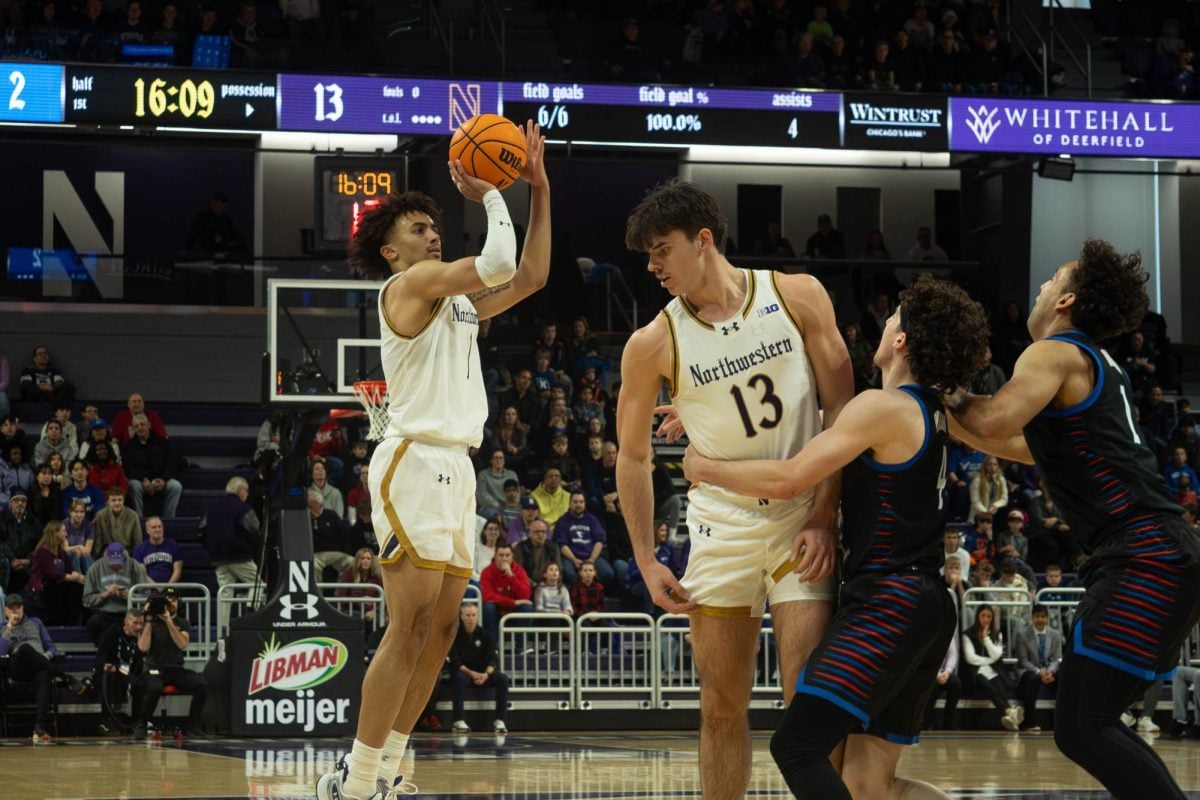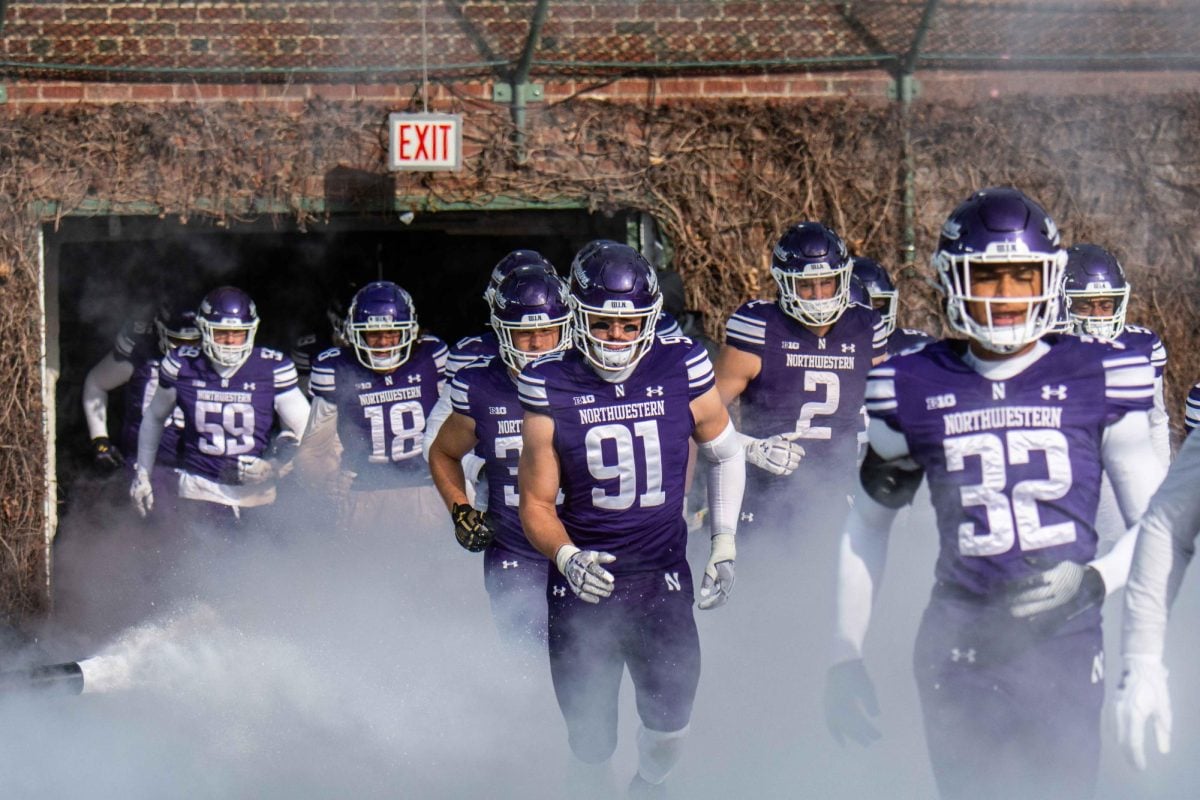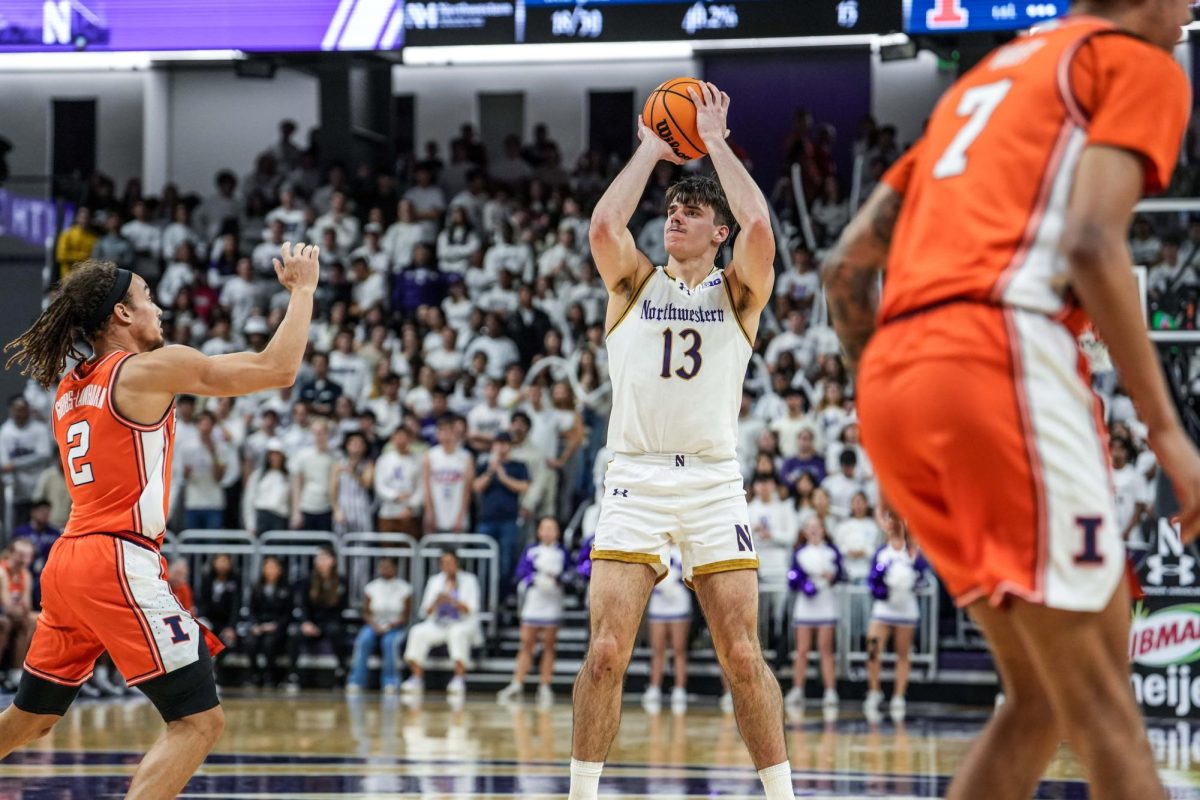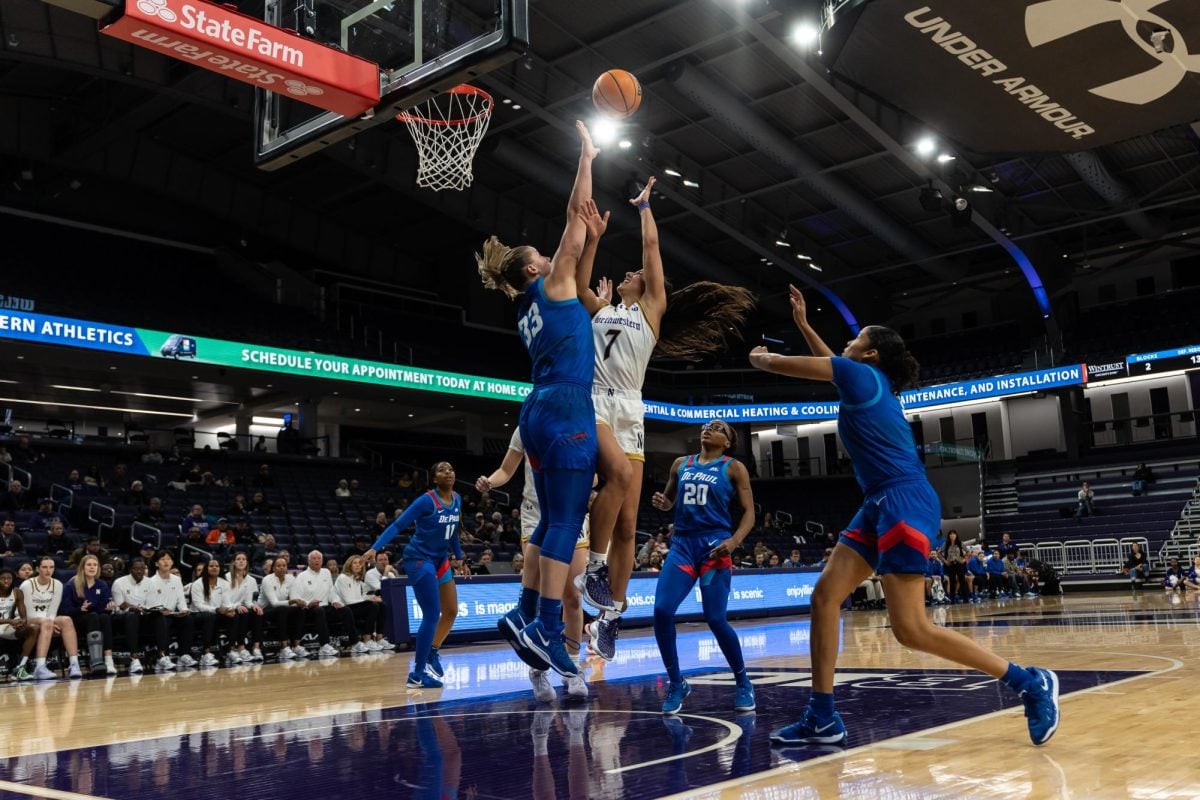In light of recent campus shootings, University Police and the Evanston Police Department officials said they have adequate training and procedures in place to respond to incidents on Northwestern’s campus.
Unlike other schools, NU has an armed campus police force that is always on duty, said Daniel McAleer, deputy chief of University Police. However, he said even campuses with armed officers, such as Purdue University, are still susceptible to violence.
Violence has been reported at universities across the nation this week. A shooting at Purdue University in West Lafayette, Ind. on Tuesday left one student dead. One student was shot and injured Monday at Widener University in Chester, Pa. Shots were reportedly fired Wednesday at the University of Oklahoma in Norman, Okla. but officials later said it was a false alarm.
“Unfortunately, lessons are learned every time there’s a shooter,” McAleer said. “And we have learned how to deploy our resources.”
EPD and UP continue to update their practices to reflect what has occurred at school shootings nationwide. After the Columbine High School massacre in 1999, UP underwent its most drastic change, McAleer said. Instead of waiting for SWAT to arrive, University policemen were taught to pair up and engage the suspect right away.
With many school shootings recently in the news, some Northwestern students have been shaken.
“I get a little more nervous each time I hear that there’s been a shooting on a college campus,” Weinberg freshman Miranda Liu said. “It always makes me think about if there was one here.”
McAleer said UP has an extensive protocol for emergencies. Officers have ballistic shields and rifles in their squad cars, as well as tools used to break through any suspect barricades. Through a notification system linked with Blackboard, UP can send out alerts of a campus shooter through sirens, speakers, a posting on a breaking news site and social media statuses.
UP does not work alone in its emergency efforts. EPD acts in a supportive role to UP, Cmdr. Jay Parrott said.
“(UP officers) have intricate knowledge of the building,” he said. “They have the keys and video footage.”
Parrott said that in the case of a death, EPD acts as primary investigator.
Both departments complete rapid deployment and training together to ensure the same protocols are used during an incident.
According to an EPD newsletter, officers will attend Alert-Lockdown-Inform-Counter-Evacuate training, sponsored by Evanston/Skokie District 65 and Evanston Township High School District 202, which will help them prevent and handle potential violence in elementary, middle and high schools.
NU also takes precautionary measures to try to prevent people from taking violent action in the first place, McAleer said.
A Behavioral Consultation Team, which includes UP, Counseling and Psychological Services and other NU groups, meets every other week, McAleer said.
The group talks about specific individuals who team members believe could have violent tendencies, including students, staff, people visiting campus and upset applicants who were rejected.
UP also has a violence prevention program available to the entire Northwestern community, McAleer said. A video tutorial called “Shots Fired on Campus” available on the UP site “gives an idea of what to do when a shooter’s in the building,” McAleer said.
UP officers also conduct meetings and forums about these types of emergencies in dormitories and departments on campus.
McAleer said UP is always an available resource to students and faculty, whether people are worried about specific individuals or the protocols in various situations.
Email: [email protected]
Twitter: @paigeleskin
